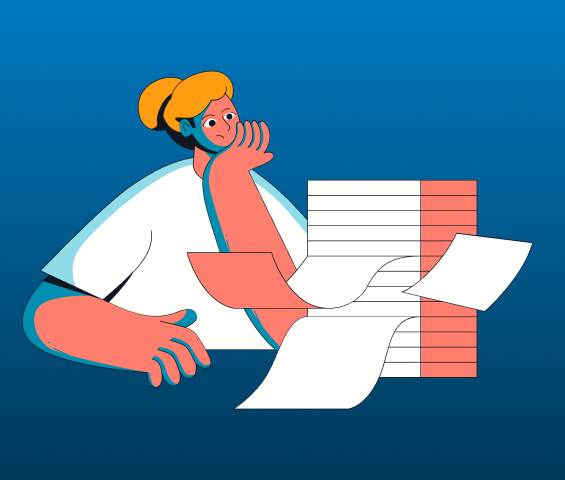Ideal Length and Word Count for a Cover Letter Explained
In today's competitive job market, your cover letter serves as your first handshake with a potential employer. While resumes showcase your professional timeline, a well-crafted cover letter tells your story and demonstrates why you're the ideal candidate for the position. But how long should this crucial document be to make the right impression?
Quick Answer
A cover letter should be 250-400 words, fitting on a single page with standard margins and font size. This typically translates to 3-4 concise paragraphs.
The Science Behind Cover Letter Length
Hiring managers typically spend just 60 seconds reviewing a cover letter. This brief window makes it essential to strike the perfect balance between providing enough information to spark interest and maintaining brevity to hold attention. A concise, well-structured cover letter demonstrates respect for the reader's time while highlighting your communication skills.
Finding the Sweet Spot
The ideal cover letter follows the one-page rule, typically containing between 250 and 400 words. This length provides enough space to:
Introduce yourself compelling
Showcase relevant experience
Connect your skills to the position
Express genuine interest in the role
Include a strong call to action, and if you're unsure how to format it, explore our Cover Letter Templates
Think of your cover letter as a movie trailer – it should generate excitement without giving away the entire plot. If you need help with crafting concise, impactful cover letters, our AI Cover Letter Builder can guide you step by step.
Breaking Down the Perfect Structure
Opening Paragraph (50-100 words)
Start with a bang by mentioning the specific position and company name. Include a brief but memorable introduction that catches attention. For example: "As a digital marketing specialist who increased client engagement by 150% at XYZ Agency, I was excited to see your Senior Marketing Manager position."
Middle Paragraphs (150-200 words)
Focus on 2-3 specific achievements that directly relate to the job requirements. Use metrics and concrete examples rather than vague statements. This section should bridge the gap between your resume and the job description.
Closing Paragraph (50-100 words)
End with confidence by summarizing your fit for the role and including a clear call to action. Express enthusiasm for the opportunity to interview and discuss how you can contribute to the company's success.
Making Every Word Count
To maintain optimal length while maximizing impact:
Use active voice (write "I achieved" instead of "It was achieved")
Eliminate filler words like "very," "really," and "quite"
Replace lengthy phrases with concise alternatives
Focus on relevant experiences only
Avoid repeating information from your resume
Formatting for Success
Proper formatting enhances readability:
Use standard business fonts like Arial or Calibri (11-12 point)
Maintain 1-inch margins on all sides
Include white space between paragraphs
Keep paragraphs to 3-4 sentences maximum
Use professional spacing (single or 1.15)
For cover letters examples that ensure professional formatting, checkout these Cover Letter Examples.
Industry-Specific Considerations
Different industries may have varying expectations:
Creative roles might accept slightly longer letters with more personality
Technical positions often prefer shorter, more direct approaches
Academic positions may expect longer, more detailed letters
International applications might have different length standards
Common Pitfalls to Avoid
Don't diminish your cover letter's impact with these common mistakes:
Writing a novel-length letter
Including irrelevant personal information
Copy-pasting your resume content
Using generic templates without customization
Ignoring specific application instructions
The Final Touch
Before submitting your cover letter, ask yourself:
Can it be read in under a minute?
Does each paragraph serve a clear purpose?
Have you eliminated all unnecessary words?
Does it complement rather than repeat your resume?
Is it tailored to the specific position?
Remember, a well-crafted cover letter is like a perfectly tailored suit – it should fit just right, neither too loose with unnecessary details nor too tight with insufficient information. Take the time to edit and refine your letter until it presents your professional story clearly and concisely within the ideal length parameters.
Your cover letter is often your first opportunity to demonstrate your communication skills and attention to detail, as shown in these Cover Letter Examples. By maintaining the recommended length and following these guidelines, you'll create a compelling document that opens doors to new opportunities.
Related Articles
4 min read
Jan 26, 2025

How to Address a Cover Letter Without a Name - Swiftjob
Expert tips on addressing a cover letter without a name, including how to find the recipient's name, alternative greetings, and crafting a professional tone.

